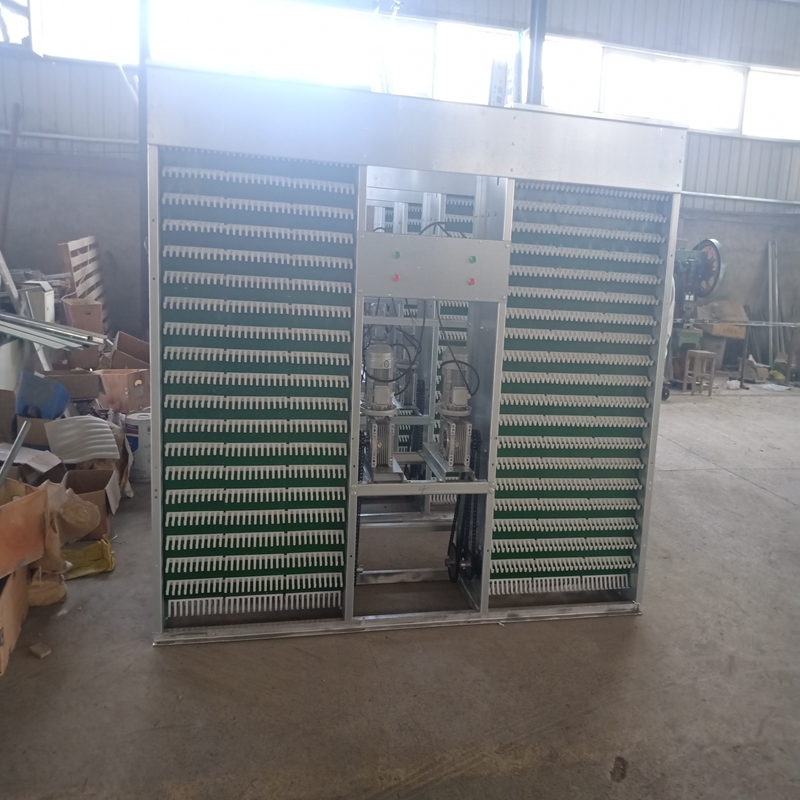chicken coop exhaust fan
Nov . 05, 2024 06:31 Back to list
chicken coop exhaust fan
The Significance of Exhaust Fans in Chicken Coops
The welfare of chickens is crucial for any poultry farmer or enthusiast. One of the most important aspects of maintaining a healthy environment inside a chicken coop is proper ventilation, and exhaust fans play a vital role in this process. In this article, we will explore the importance of exhaust fans in chicken coops, how they function, and the benefits they bring to the overall health of the flock.
Understanding the Need for Ventilation
Chickens produce heat and moisture, which can have detrimental effects on their health if not properly managed. Inadequate ventilation can lead to increased humidity, poor air quality, and a buildup of ammonia from waste. These conditions can result in respiratory issues, decreased egg production, and an increased susceptibility to diseases. Therefore, having an efficient ventilation system is essential for maintaining a conducive environment for the birds.
How Exhaust Fans Work
Exhaust fans are designed to expel stale air from the coop while drawing in fresh air from the outside. This process helps to regulate temperature and humidity levels. The fans can be installed in various locations, such as near the roofline, to facilitate the escape of hot air that tends to rise. By creating a continuous flow of air, these fans help ensure that the chickens have access to fresh, oxygen-rich air while removing harmful gases and odors.
There are various types of exhaust fans available for chicken coops. Some are powered by electricity, while others may operate on solar energy. The choice of fan often depends on the size of the coop, the number of chickens, and the specific climate conditions of the region. It is crucial to select a fan that can efficiently handle the volume of air required for the space.
Benefits of Installing Exhaust Fans
1. Improved Air Quality The primary benefit of exhaust fans is improved air quality. By continuously replacing stale air with fresh air, exhaust fans help reduce the concentration of harmful gases like ammonia, which can irritate the respiratory systems of chickens.
chicken coop exhaust fan

2. Temperature Regulation During hot weather, chickens are prone to heat stress. Exhaust fans help regulate the internal temperature by expelling warm air, making the environment more comfortable for the birds.
3. Moisture Control High humidity within a chicken coop can lead to a range of health issues, including respiratory problems and fungal infections. Exhaust fans efficiently remove excess moisture, maintaining a healthier environment.
4. Enhanced Egg Production Stressful conditions caused by poor air quality and high temperatures can lead to decreased egg production. By providing a more stable and healthier environment, exhaust fans can contribute to better egg yields.
5. Disease Prevention By keeping the air fresh and minimizing damp conditions, exhaust fans help prevent the spread of diseases. Good ventilation is essential in reducing the likelihood of outbreaks in poultry.
6. Energy Efficiency Modern exhaust fans are designed to be energy-efficient. Many models come with variable speed settings, allowing farmers to adjust the airflow based on weather conditions, thus conserving energy when full power isn't necessary.
Best Practices for Maintenance
To ensure optimal performance of exhaust fans, regular maintenance is crucial. This includes cleaning the fan blades and housing to prevent the buildup of dust and grime, which can impede efficiency. Additionally, checking electrical connections and ensuring that fans are not blocked by debris will help prolong their lifespan and functionality.
Conclusion
In conclusion, exhaust fans are an indispensable component of effective chicken coop management. They significantly improve air quality, regulate temperature, and control moisture levels, all of which are essential for the health and productivity of the flock. For poultry enthusiasts, investing in a high-quality exhaust fan is not just a choice; it is a commitment to the well-being of their chickens. By ensuring that these birds live in a comfortable environment, farmers can look forward to healthier flocks, increased production, and a more rewarding poultry-raising experience.
-
Hot Sale 24 & 18 Door Rabbit Cages - Premium Breeding Solutions
NewsJul.25,2025
-
Automatic Feeding Line System Pan Feeder Nipple Drinker - Anping County Yize Metal Products Co., Ltd.
NewsJul.21,2025
-
Automatic Feeding Line System Pan Feeder Nipple Drinker - Anping County Yize Metal Products Co., Ltd.
NewsJul.21,2025
-
Automatic Feeding Line System - Anping Yize | Precision & Nipple
NewsJul.21,2025
-
Automatic Feeding Line System - Anping Yize | Precision & Nipple
NewsJul.21,2025
-
Automatic Feeding Line System-Anping County Yize Metal Products Co., Ltd.|Efficient Feed Distribution&Customized Animal Farming Solutions
NewsJul.21,2025






